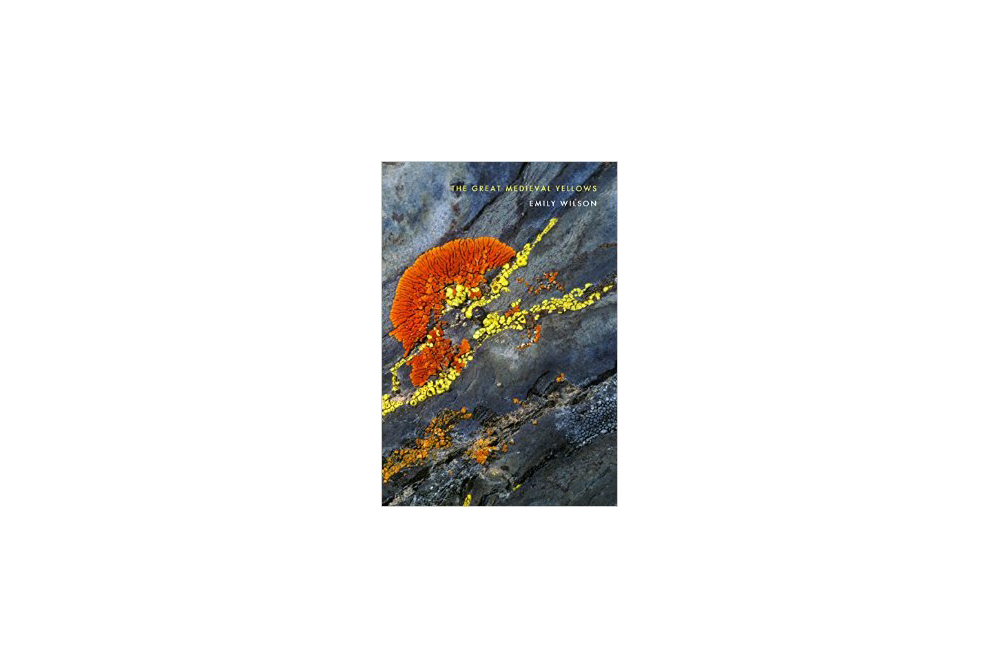As construction on the new Portland Mall moves into its first stages, the mall’s designers discussed the impact the mall could have on the University District at Portland State Friday. Officials from TriMet and the architecture company working on the bus mall say that the mall will have unique differences in each of the districts that the mall runs though on Southwest Fifth and Sixth avenues downtown.
Transit mall to have ‘unique districts’
As construction on the new Portland Mall moves into its first stages, the mall’s designers discussed the impact the mall could have on the University District at Portland State Friday.
Officials from TriMet and the architecture company working on the bus mall say that the mall will have unique differences in each of the districts that the mall runs though on Southwest Fifth and Sixth avenues downtown.
“There are subtle shifts of character as you move through, such as along PSU,” said Bob Hastings of Portland transportation provider TriMet.
Brian McCarter of ZGF Architects, the design company working on the Portland Mall, spoke with Hastings as a part of the Center for Transportation Studies continuing transportation seminars.
The new Portland Mall will be a replacement transit corridor for the former bus mall that ran downtown on Southwest Fifth and Sixth avenues, between Northwest Old Town and the Southwest University District. The construction of the Portland Mall will correspond with the development of the new MAX Green Line, which will connect Clackamas County to Portland State.
TriMet officials expect construction on the Green Line, which will run on Southwest Fifth and Sixth avenues alongside TriMet buses, and the Portland Mall to be completed by September 2009.
McCarter said that Southwest Market Street will be the cut-off point for the beginning of the University District. Portland State and the Portland Development Commission are considering turning Southwest Montgomery and College streets into green streets that may have lush street vegetation and storm water infiltration.
Portland State’s Urban Center stations in the new mall will be a “place where campus meets downtown,” McCarter said. “This is really going to be the biggest transit hub in the region.”
An important aspect of the project is to preserve unique differences in districts along the transit corridor, according to McCarter. He said that ornamental lighting in downtown will be brought to the University District.
Hastings said the Portland Mall project is about bringing “a regional sense of connectivity” to Portland. “Bringing light rail to PSU became a key concept in the development of how the project would proceed and connect the school to the region.”
The first step in designing the mall was research, McCarter said.
“We decided to do an analysis to see how the Portland’s mall stacks up in comparison to other great streets,” he said.
Aspects from famous streets such as Fifth Avenue in New York City and Market Street in San Francisco were used as a springboard for further discussion on design of the Portland Mall.
The challenge in Portland is maintaining a mixture of automobiles, pedestrians and light rail, according to McCarter.
A new design element that the Mall will incorporate is the new light rail acting like a bus-traveling down the center of the street to allow cars and buses to travel alongside, and weaving back to the curb to unload.
“There isn’t anybody in the country that has done this before, but we felt that it could work. We’re trying to get transit to cover a bigger area and give people more options,” said McCarter.
Benches, brick pavement and light fixtures will be the physical face of the Portland Mall. Art will also be a central component.
“Probably one of the biggest things that had scrutiny and at times some heated debates were the iconic mall shelters,” said Hastings. “We’re getting that reality check of what their contribution is on the streetscape.”
New shelters, which provide cover for people waiting for a bus or MAX train in the rain, will strive for more flexibility, functionality and a level of quality that Portland expects.
The speakers said that fareless transit will continue with the new light rail downtown, and there will be an effort to step up security.



